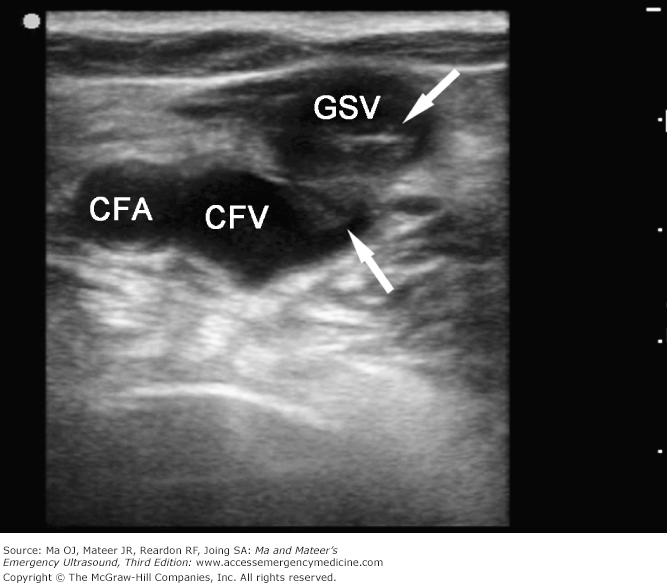Beneficiary: The person who receives benefits and/or coverage under a healthcare plan is call a beneficiary. The beneficiary of an insurance plan may not be the person paying for the plan, as is the case for young children covered under their parents’ plans.
Blue Cross Blue Shield: Blue Cross Blue Shield is a federation of 38 health insurance companies in the U.S. (some of which are non-profit companies) that offer health insurance options to eligible persons in their area. Blue Cross Blue Shield offers healthcare plans to over 100 million people in the U.S.
Capitation: This term is a fixed payment that a patient makes to a health insurance company or provider to recoup costs incurred from various healthcare services. A capitation is different from a deductible or co-pay.
Charity Care: This type of care is administered at reduced or zero cost to patients who cannot afford healthcare. Providers may offer charity care at their discretion.
Civilian Health and Medical Program of Uniform Services (CHAMPUS): CHAMPUS (now known as TRICARE) is the federal health insurance program to provide civilian health benefits to active and retired U.S armed forces military personnel members, their families, and the survivors of service members. including some members of the Reserve Component.
Clean Claim: A clean claim is an insurance claim that has no mistakes and that can be processed in a timely manner without the need for additional information. Some providers may send claims to organizations that specialize in producing clean claims, like clearinghouses.
Clearinghouse: Clearinghouses are intermediaries that review and correct medical claims as necessary before sending them to insurance companies for final processing. This careful editing process for claims is known in the medical billing industry as “claims scrubbing.”
CMS 1500: The Form CMS-1500 is the standard paper claim form to bill Medicare Fee-For-Service (FFS) Contractors when a paper claim is allowed. Commercial insurance providers often require that providers use CMS 1500 forms to process their own paper claims.
Coding: Coding is the process of translating a physician’s documentation about a patient’s medical condition and health services (such as transcription of physician’s notes, laboratory and radiologic results, etc) rendered into universal medical alphanumeric codes,that are then plugged into a claim for processing with an insurance company.
Co-Insurance: Co–insurance is the amount, generally expressed as a fixed percentage, an insured must pay against a claim after the deductible is satisfied. In health insurance, a co–insurance provision is similar to a co-payment provision, except co-pays require the insured to pay a set dollar amount at the time of the service. Co-insurance percentages vary depending on the health plan.
Collection Ratio: This refers to the ratio of payments received relative to the total amount owed to providers.
Contractual Adjustment: This refers to a binding agreement among a provider, patient, and insurance company .Contractual adjustments may occur when there is a discrepancy between what a provider charges for healthcare services and what an insurance company has decided to pay for that service.
Coordination of Benefits (COB): COB occurs when a patient is covered by more than one insurance plan. In this situation one insurance company will become the primary carrier and all other companies will be considered secondary and tertiary carriers that may cover costs left after the primary carrier has paid.
Co-Pay: A patient’s co-pay is the amount that must be paid to a provider before they receive any treatment or services. Co-pays are separate from a deductible, and will vary depending on a person’s insurance plan.
Current Procedural Technology (CPT) Code: CPT codes represent treatments and procedures performed by a physician in a 5-digit format. CPT codes are entered together with ICD-10 codes that explain a patient’s diagnosis.
Credentialing: Provider credentialing is a verification of provider’s experience, expertise, interest and willingness to provide medical care. Without successful credentialing, provider reimbursement for medical services can be delayed and, even, denied.
Crossover Claim: When claim information is sent from a primary insurance carrier to a secondary insurance carrier, or vice versa.










